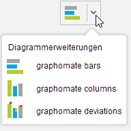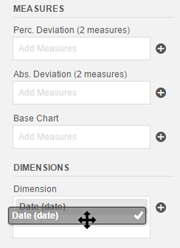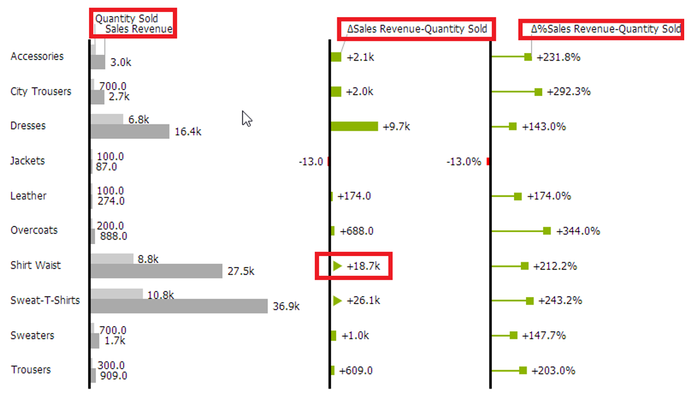/
Quickstart
Quickstart
, multiple selections available,
Related content
Data Feeds
Data Feeds
More like this
Introductory Examples
Introductory Examples
More like this
Properties
Properties
More like this
Properties
Properties
More like this
Specific Chart Options (charts)
Specific Chart Options (charts)
More like this
Introductory examples
Introductory examples
More like this



